FREQUENTLY
ASKED QUESTIONS
GENERAL FAQS
Invisible
I'm an athlete and I feel good. How can acupuncture help me?
Is acupuncture painful?
Acupuncture needles are as fine as hair, so most of the time you won’t feel anything. A slight pressure is a desired response. If we are doing motor point release of a muscle, the desired response is for the muscle to twitch, helping to reset the tight or shortened muscle. This is usually painless or no more uncomfortable than the pain you are already experiencing.
If you want to try acupuncture but are nervous, just let us know and we will work with you to keep needle size and retention time to a minimum. Depending on your condition, we may be able to release a tight muscle in a few seconds, remove the needle, and finish the treatment with Tui Na massage, Chinese fire cupping, or Gua Sha.
Do you reuse needles?
Do I need a doctor to refer me to BOSA?
What insurance carriers do you accept?
When we do starting accepting new insurance patients, we only accept United Health Care, Aetna, and the Empire Plan. We are out of network with BlueCross BlueShield so we would only accept it if you have out of network benefits. You may also use your HSA/ FSA/ flex card for acupuncture.
Only Dan accepts insurance.
We do not accept No Fault or Workers Comp.
We can supply you with a Super Bill to submit to your insurance by request.
How many sessions do I need?
- For more minor, non-chronic injuries or movement challenges, we can see dramatic improvement within 4-6 sessions.
- For more major or chronic injuries or movement issues, we ballpark around 10-12 sessions.
- For severe or long-term chronic issues, it may take up to 20 sessions to see a significant resolution of your symptoms.
What can I do to prepare for my appointment?
What should I wear?
What is your cancellation policy?
As such, we require 24 hours’ notice for any cancellations or changes to your appointment.
Patients who provide less than 24 hours’ notice, or miss their appointment, will be charged a
cancellation fee.
Failure to pay these fees will prevent any future bookings. Once your balance has returned to
$0, your ability to rebook will be reinstated.
You receive an email 48 hours before and a text message 24 hours before your appointment as
courtesy reminders.
A late cancellation or missed visit leaves a hole in the therapists day that could have been filled
by another patient. Our practitioners are very busy and have waitlists of people trying to see
them.
If you know you cannot make your appointment, please cancel as soon as you can so that it can
be filled by someone else.
What can I expect after treatment?
Many patients report slight post-workout soreness and occasional bruising in both the area treated and the area of referred symptoms. This soreness typically lasts up to 24 hours following treatment.
What should I do after treatment?
Why choose BOSA?
DRY NEEDLING FAQS
Invisible
Do you do dry needling?
Is trigger point dry needling considered acupuncture?
What types of conditions can dry needling assist?
- Neck/back pain
- Shoulder pain
- Tennis/golfers elbow
- Headaches
- Hip and gluteal pain
- Knee pain
- Achilles tendonitis/tendonosis
- Plantar fasciitis
- Sciatica
- Muscular strains/ligament sprains
- Chronic pain
- Athletic performance
- Fascial Distortion Model (FDM)
Is dry needling painful?
ELECTRO STIMULATION FAQS
Invisible
My ankle hurts. Why are you putting needles in my back and glutes?
Can I have electro stimulation while pregnant?
Can I have electro stimulation if I have a pacemaker?
CUPPING FAQS
Invisible
What is the difference between myofascial decompression (cupping) and traditional Chinese cupping?
Traditional Chinese cupping does not include active movement, and often is targeting energetic imbalances from a traditional Chinese medicine perspective. Myofascial decompression is a novel approach to musculoskeletal treatment, utilizing negative pressure tools and Western medicine-based movement paradigms and algorithms. These applications are very effective for orthopedics, sports medicine, contractures, post-op recovery, overcoming dominance strategies, postural syndromes, hand therapy, neuro re-education, and scar mobilization.
KINESIOLOGY TAPING FAQS
Invisible
How do we combine kinesiology taping with acupuncture?
INSTRUMENT ASSISTED SOFT TISSUE MOBILIZATION (IASTM) FAQS
Invisible
What does IASTM do? How does it work?
By introducing controlled microtrauma to affected soft tissue using IASTM, a local inflammatory response is stimulated. This microtrauma initiates reabsorption of inappropriate or excessive scar tissue and facilitates a remodeling of the affected soft-tissue structures. After IASTM treatment, scar tissue can be remodeled so that the cells become organized in a direction that better promotes movement. Studies have shown clinical benefits of IASTM with improvements in range of motion, strength, and pain perception following treatment.
What is involved in a typical IASTM treatment session?
- Warm up the tissue to make it more pliable (heat, aerobic exercise, etc.)
- Perform IASTM
- Engage in light exercise to promote proper movement patterns. IASTM is often accompanied by home exercise, such as stretching muscles to build flexibility and strength in the area of the injury. Patients who perform the home stretches and exercises prescribed by their physical therapist greatly accelerate the process.
What should I expect after an IASTM treatment?
How many IASTM treatments should I expect before I improve?
Is IASTM appropriate for me?
- Limited motion
- Pain during motion
- Motor control issues (muscle activation/coordination)
- Muscle recruitment issues
At BOSA, common conditions that are typically treated with IASTM include tendinopathies, achilles tendinosis, rotator cuff injuries, IT band syndrome, and plantar fasciitis, among others.

